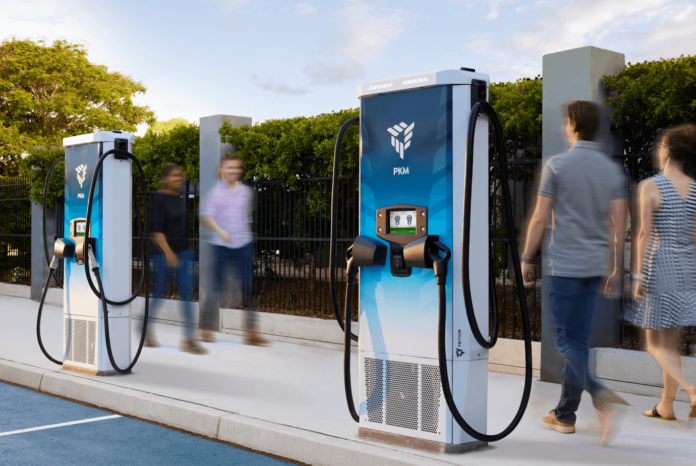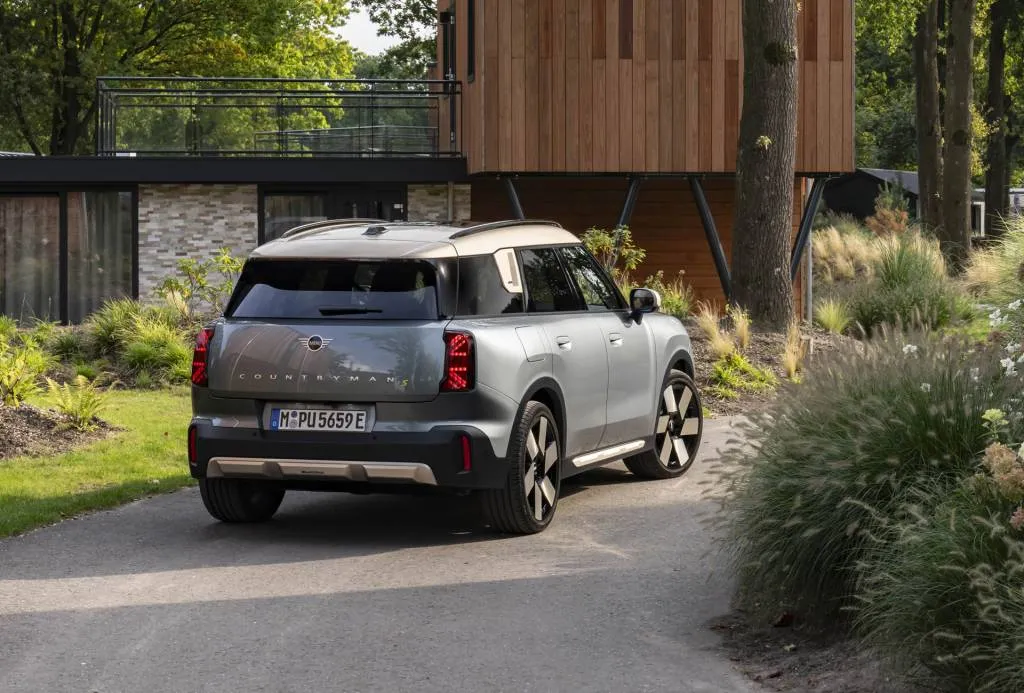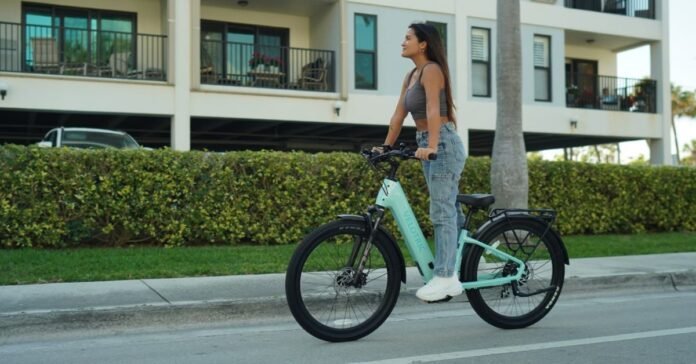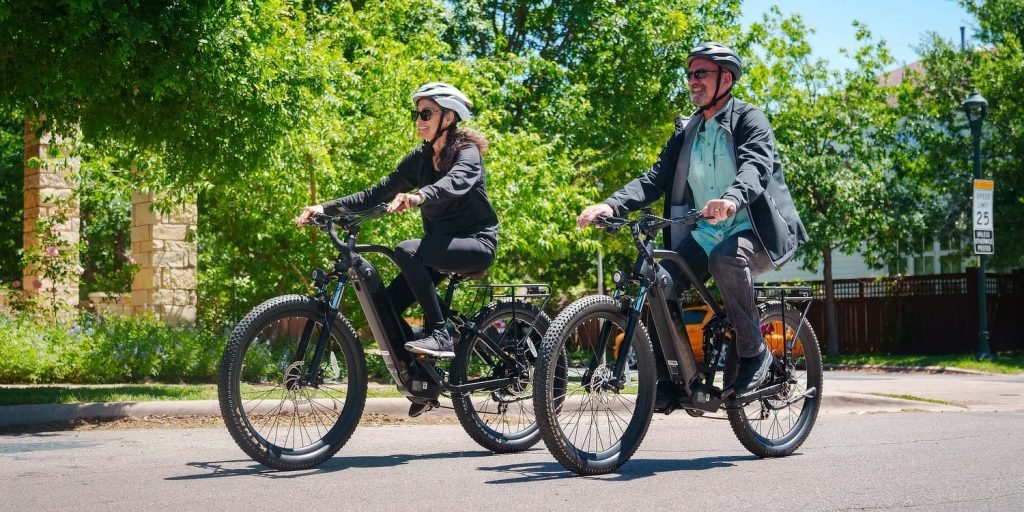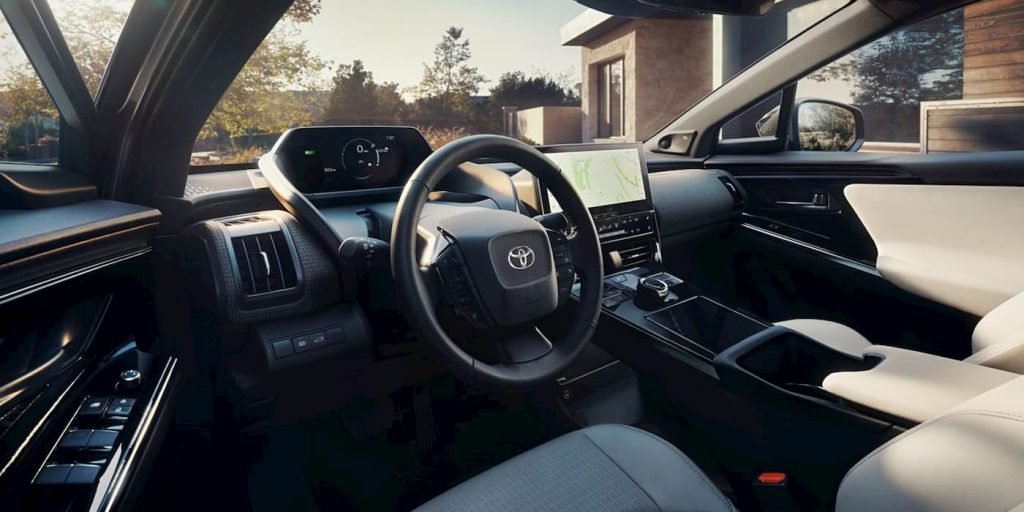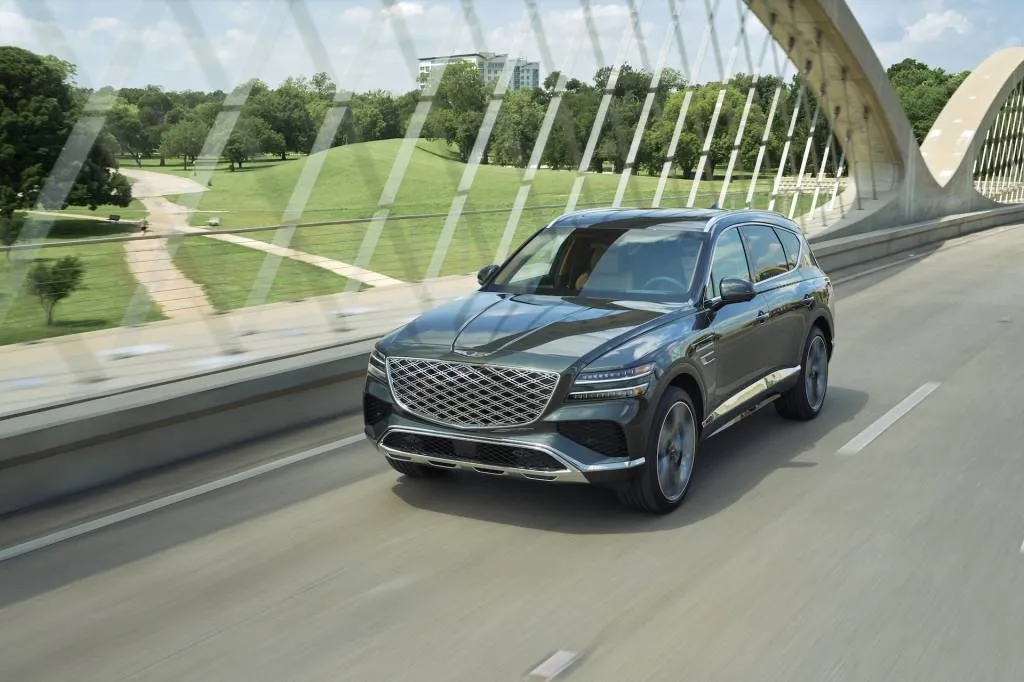

Chinese EV automaker ZEEKR is inching closer to the first deliveries of its new 7X EV. The classically styled five-seat SUV is peppered without advanced technology inside and out and will hit “global markets” as a new EV model that brings the luxury of premium models to consumers at an affordable price… we’re just not sure what that price is yet.
In true ZEEKR ($ZK) fashion, it is moving quickly with the launch of its latest EV model, the 7X. It was merely July when we got our first glimpse at camouflaged images of the new SUV, initially codenamed the “CX1e.”
Two days later, ZEEKR confirmed the new EV, called the 7X, will join its X SUV sibling as the second all-electric model to be sold globally. Two days after that, ZEEKR shared even more details and uncamouflaged images of the new “family-friendly” SUV, sharing that it will be the first to feature the automaker’s new LFP batteries that can recharge from 10-80% in 10.5 minutes.
We also learned that the dual-motor version of the 7X can accelerate from 0 to 100 km/h (0 to 62 mph) in four seconds. Following an unveiling in China today, ZEEKR’s new 7X EV is actually faster than initially stated and should begin rolling out to customers overseas by the end of next month.
ZEEKR’s 7X EV goes 0-100 km/h in 3.8 seconds
ZEEKR officially debuted its new 7X EV to the public in China on Friday morning during the Chengdu Motor Show. ZEEKR describes the new 7X EV as a versatile SUV for camping staycations. Its interior features 32 storage compartments with ergonomic designs, and its trunk offers 616 liters (21.8 cu. ft.) of storage space.
As we’ve pointed out in the past, the new SUV designed with families in mind sits atop parent company Geely’s 800V SEA architecture, helping propel the vehicle’s silicon carbide-powered motors.
Customers will be able to choose between a 75 kWh LFP battery, which provides a (CLTC) range of 605 km (376 miles), or a 100 kWh nickel manganese cobalt (NMC) pack that extends its range to 780 km (485 miles).
Other features include a sensor suite featuring dual Nvidia Orin-X SoCs, LiDAR, HD cameras, and millimeter-wave radars that support the SUV’s advanced smart assist driving functions “with multiple redundancies.”
One vital piece of information we are still missing is the starting price of the new ZEEKR 7X EV. According to the automaker, initial deliveries are expected to begin in China in late September, with an expanded rollout to global markets within the next year.
With deliveries imminent, we expect to learn official pricing soon. We’ve heard that the &X will be priced competitively to the Tesla Model Y, which currently starts at RMB 249,900 ($35,220) in China. Stay tuned. In the meantime, check out this exterior walkthrough of the 7X EV with ZEEKR’s VP of global design, Stefan Sielaff.
How about those front fascia LEDs? So sick.
Source link by Electrek
Author Scooter Doll
#ZEEKR #debuts #China #ahead #deliveries #month #hitting #global #markets #Video


![ZEEKR 7X debuts in China ahead of deliveries next month ZEEKR 7X debuts in China ahead of deliveries next month before hitting global EV markets [Video]](https://ev-magazine.com/media/2024/08/1724998146_ZEEKR-7X-debuts-in-China-ahead-of-deliveries-next-month-696x364.jpg)

